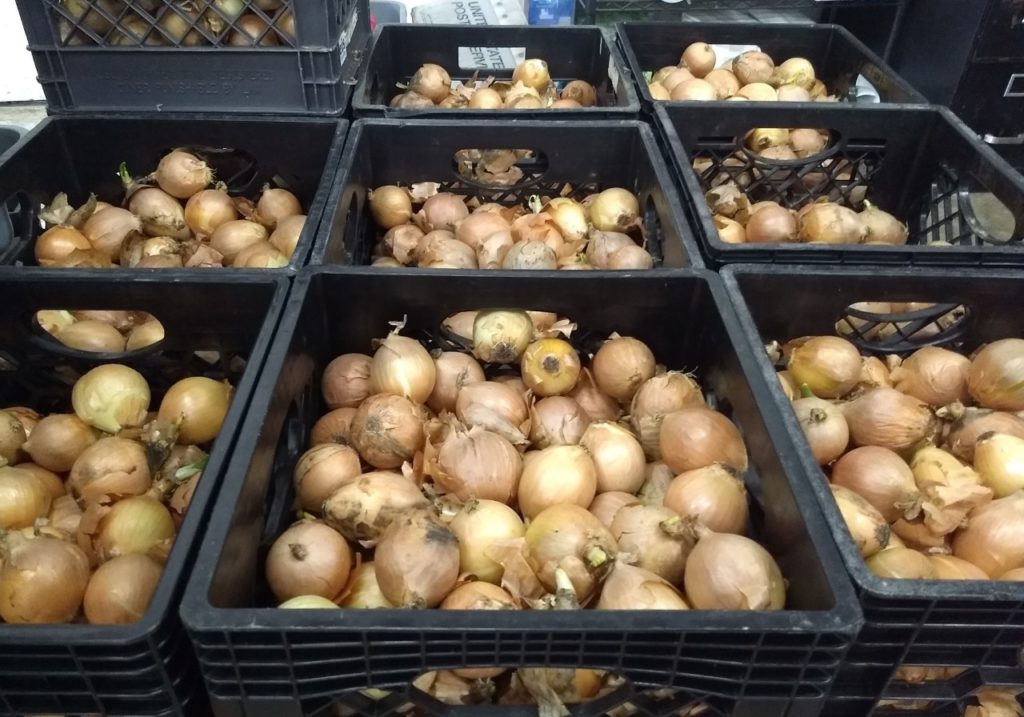In 2019, twenty percent of the food that Food for Others received to distribute to our neighbors in need came from the U.S. Department of Agriculture (USDA). The USDA currently provides fresh and nutritious food to the country’s food banks thanks to the four-year Farm Bill signed by the President in 2018 that covers the years 2019-2023.
What is the farm bill?
You may have heard of the Farm Bill and wondered about its purpose. Each Farm Bill is designed to accomplish two major objectives: (1) help stabilize the portion of the U.S. economy impacted by farm crops and food producer supplies and prices, and (2) provide nutritious food for low income Americans.
In order to achieve both objectives, the government buys excess U.S.-produced eggs, meat, fish, grain, fruit, vegetables and the like to elevate commodity prices. This helps agricultural producers stay solvent. Then through a program called The Emergency Food Assistance Program (TEFAP), in place since 1981, the government makes the USDA-stockpiled food available to food banks. Food banks and their associated food pantries around the country can use those foods to feed local residents in need.
Food for Others is a recipient of the food provided through the USDA TEFAP program. USDA provides food to the Capital Area Food Bank which in turn delivers the food to Food for Others. This year $400 million is allocated for the TEFAP program, enough to provide generous amounts of food to every food bank in the country.
How trade agreements impact Food for Others
In 2019, Food for Others received significantly more TEFAP farm products due to the Administration’s changes to foreign trade agreements. April Frazier, Director of Operations and Client Services, reported that additional pallets of fresh grapes, apples, pears and other just-picked produce arrived during the summer and fall months. Volunteers worked hard to turn those pallets of loose fruit and vegetables into family-size portions – a dozen apples in a bag, packages of twenty carrots, collections of four peppers, etc. This fresh produce was in addition to the other products such as meats, eggs, and canned fruits and vegetables that also arrived in greater quantities through the TEFAP program.
Who benefits?
To qualify for TEFAP, clients must meet certain criteria that are a combination of income and family size. Clients can collect the food from the warehouse once each month. Lately, the amount of food given to each family has been higher than normal due to the impact of the trade agreements. Fortunately, TEFAP-provided foods are highly nutritious. According to the U.S. Department of Health and Human Services, the average American diet scores only 57.5 out of 100 points on their Healthy Eating Index, while TEFAP foods score 88.9 on the index.
Many players make the TEFAP program work by moving excess food from farms to the tables of low income Virginians. Among them are American farmers, the USDA, Virginia State government, the Capital Area Food Bank, and Food for Others staff and volunteers. Together, we stood in the gap for the 30,729 individuals who were served nutritious food, including USDA TEFAP products, by Food for Others in 2019.
Dawn Matson – Food for Others volunteer


